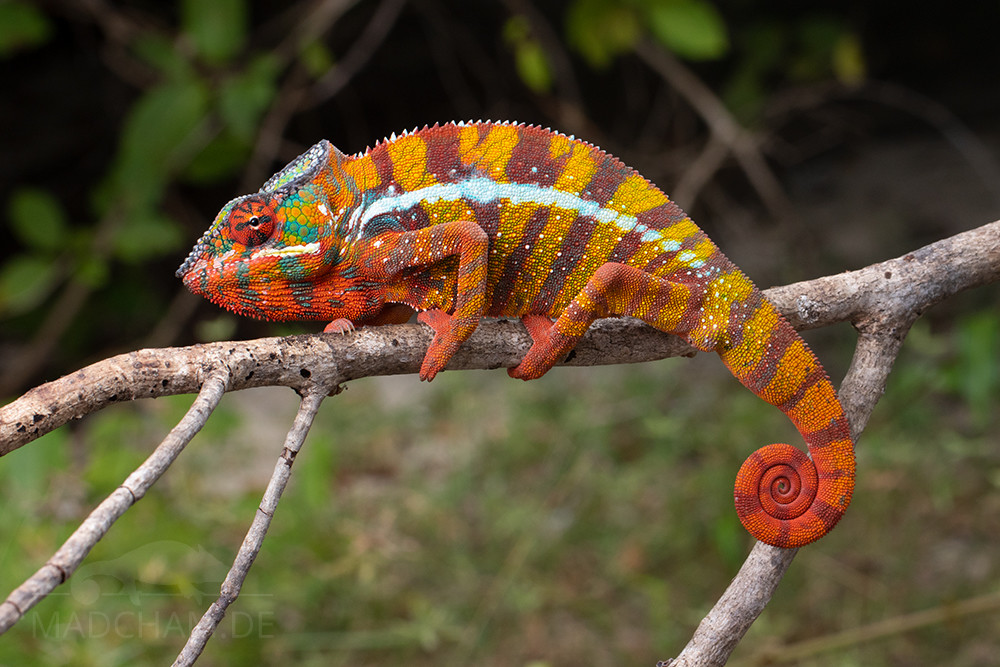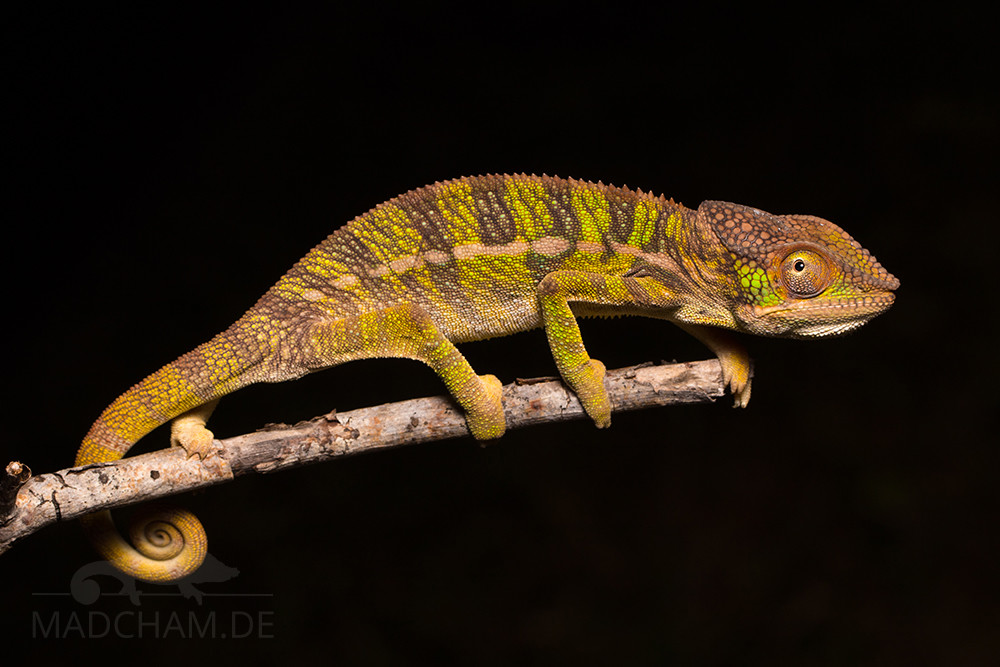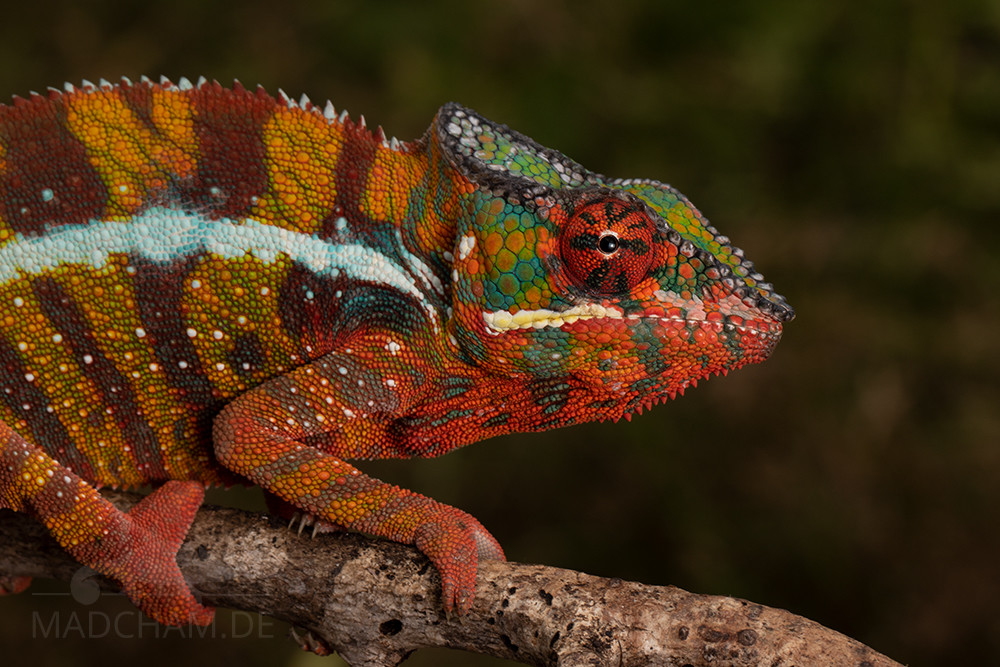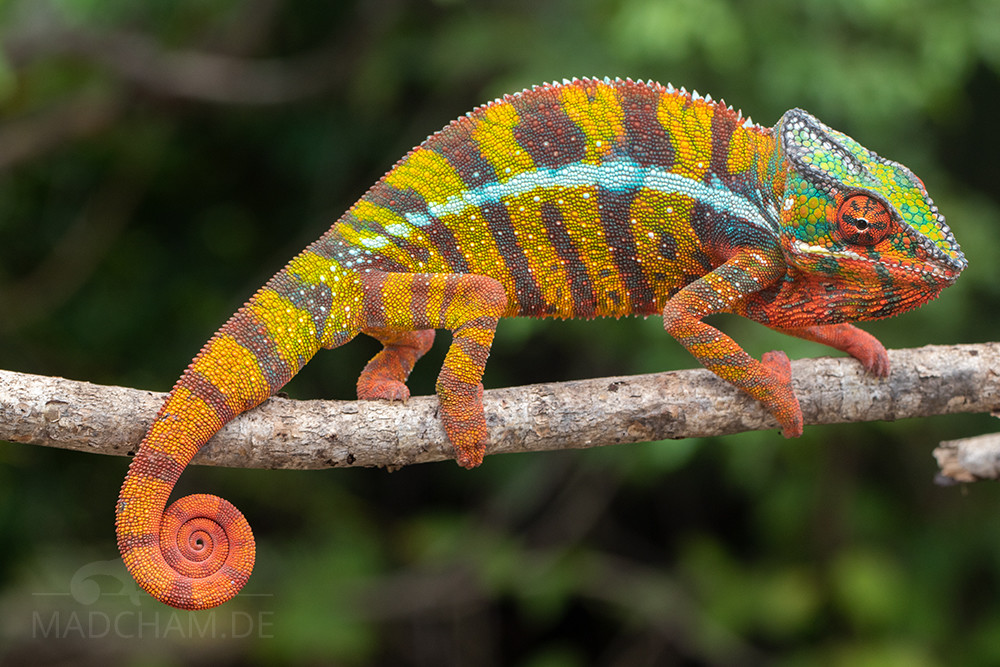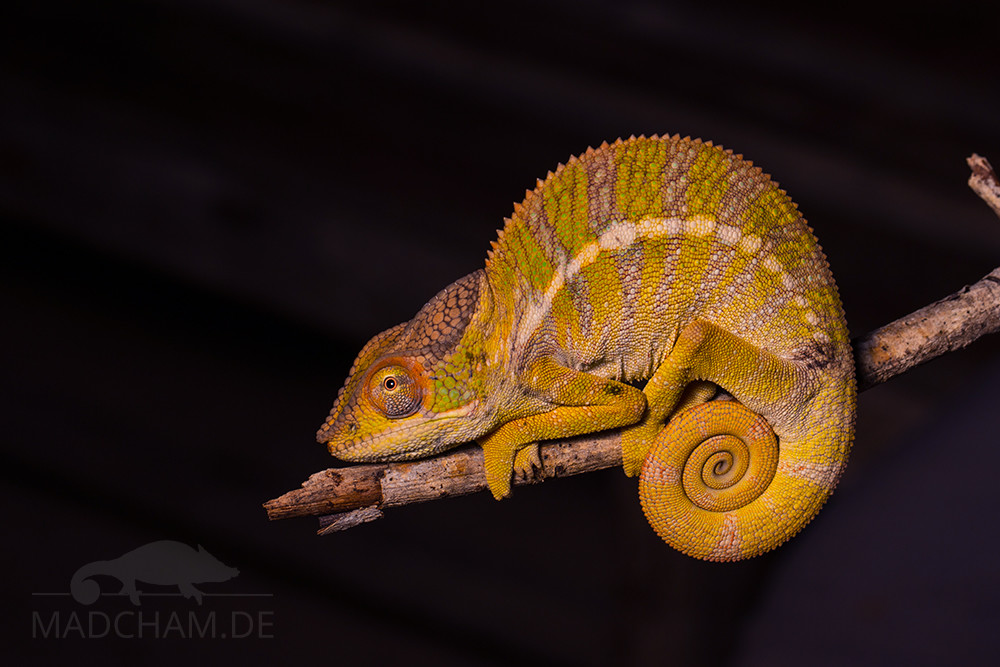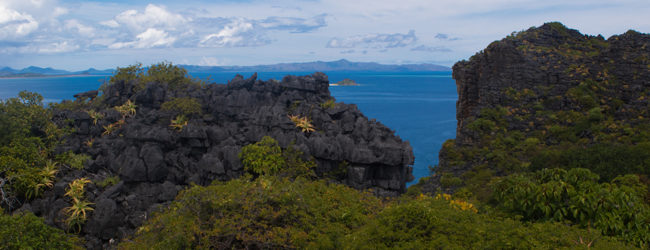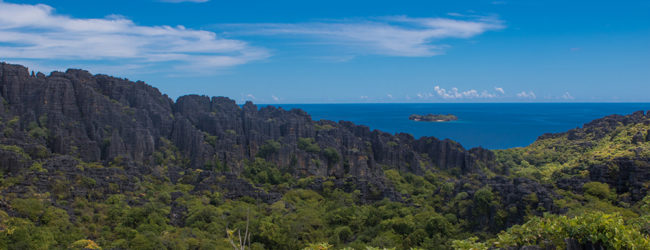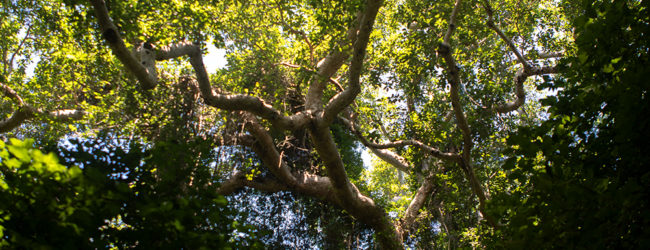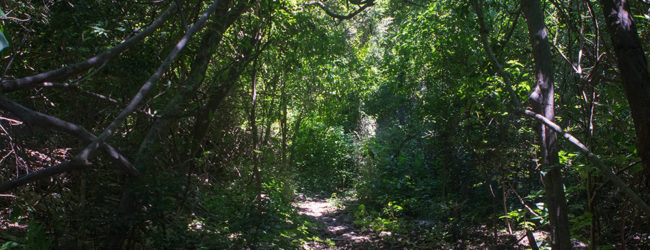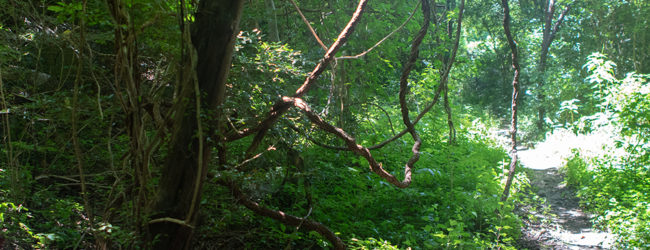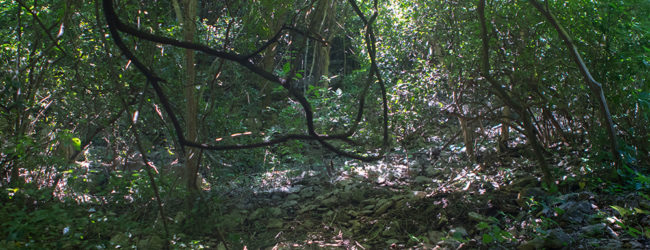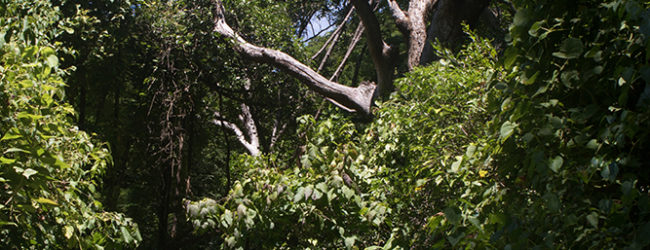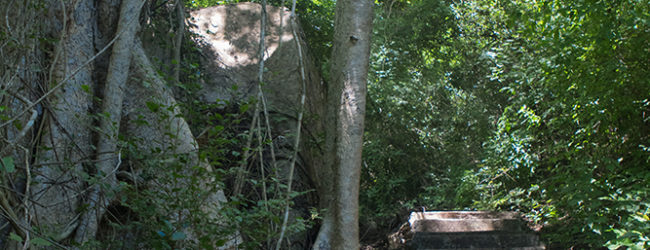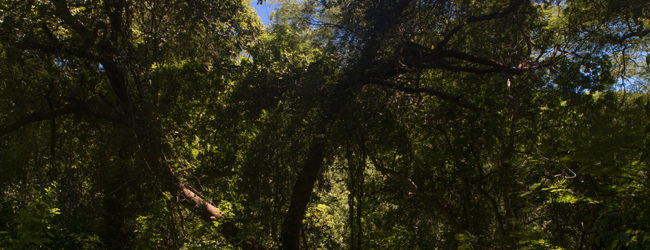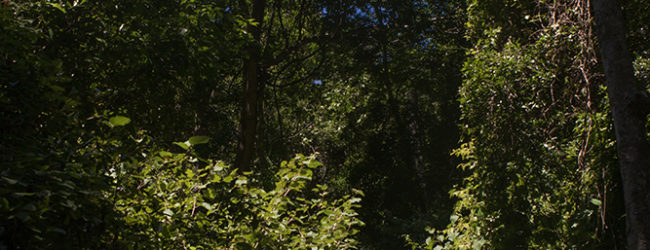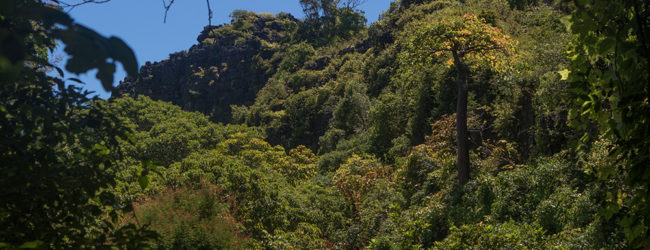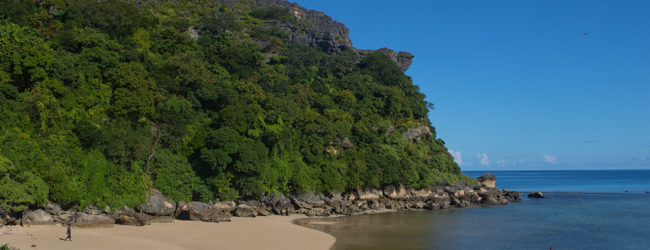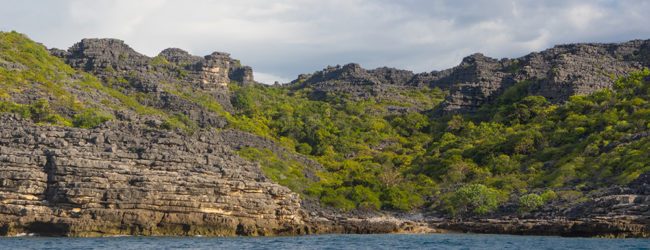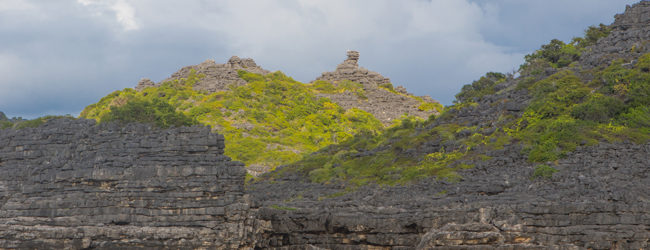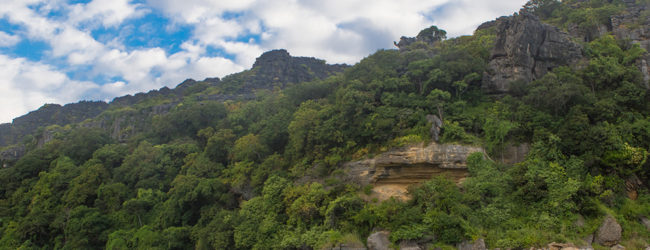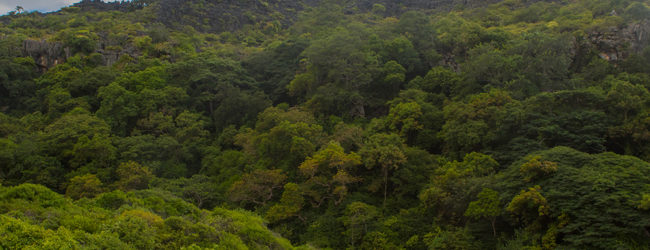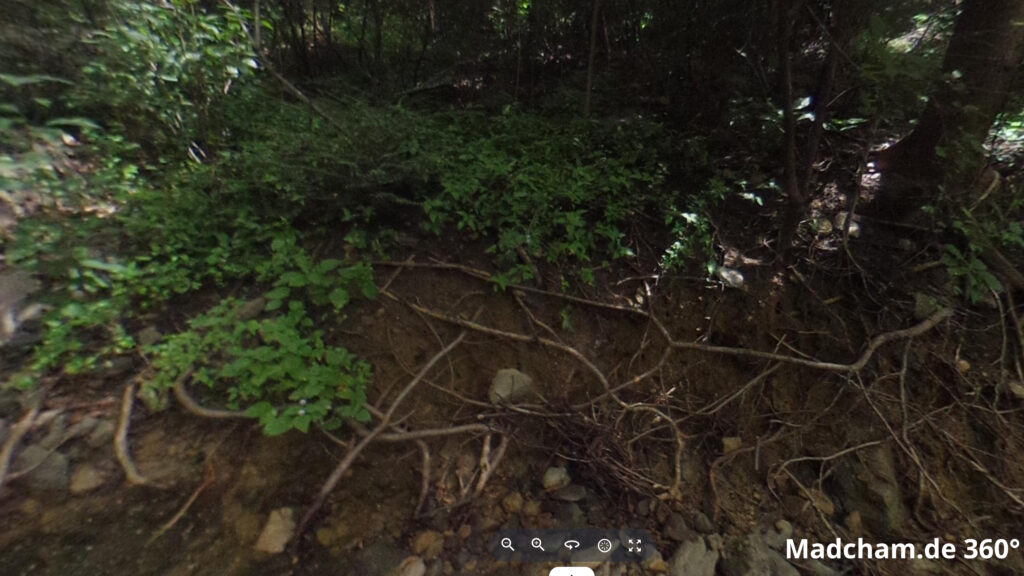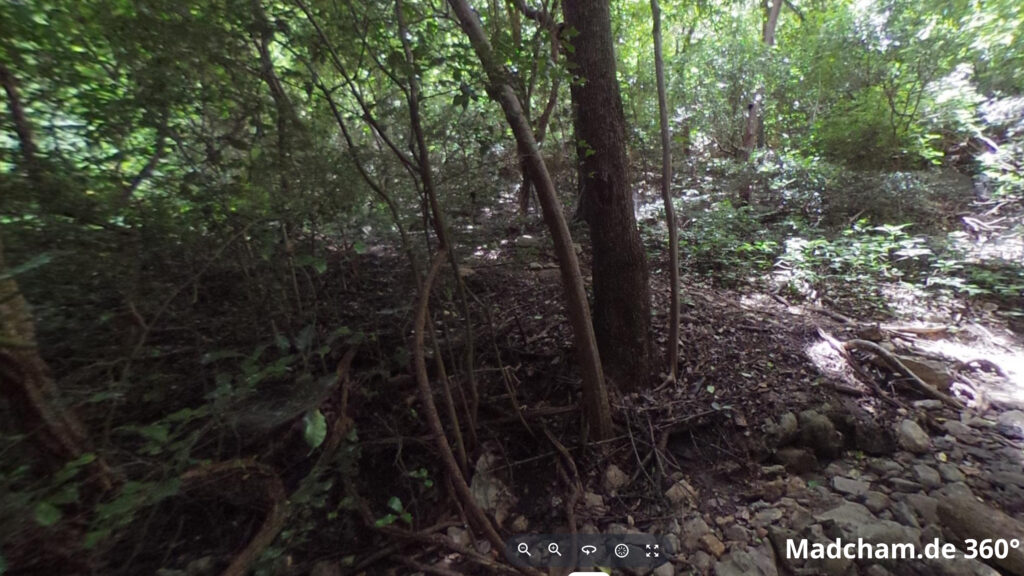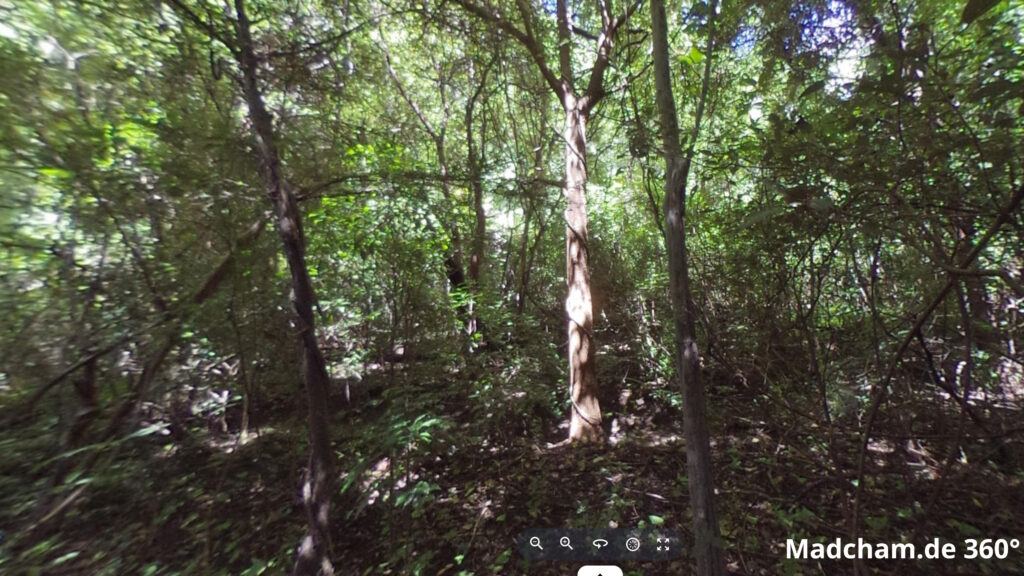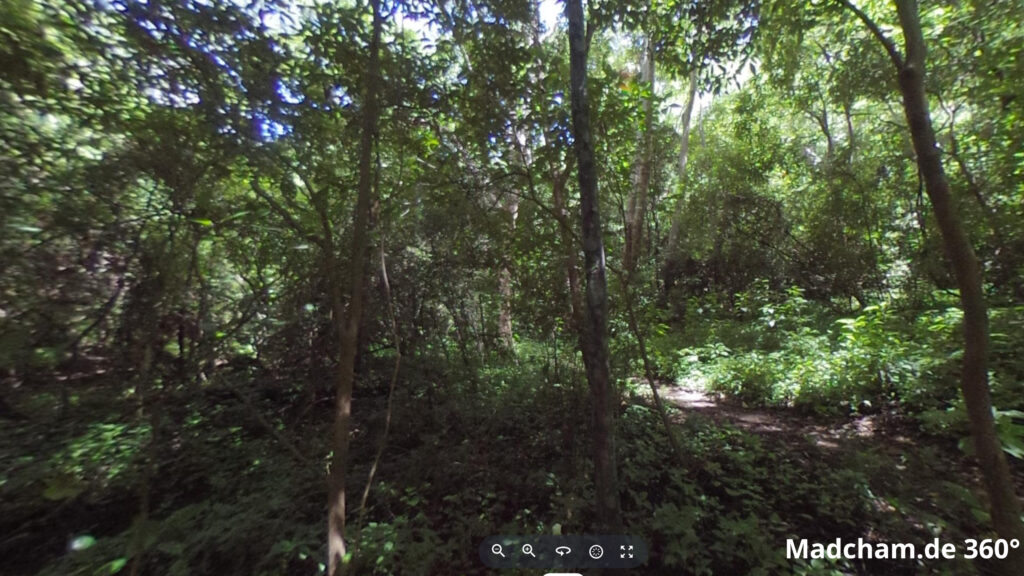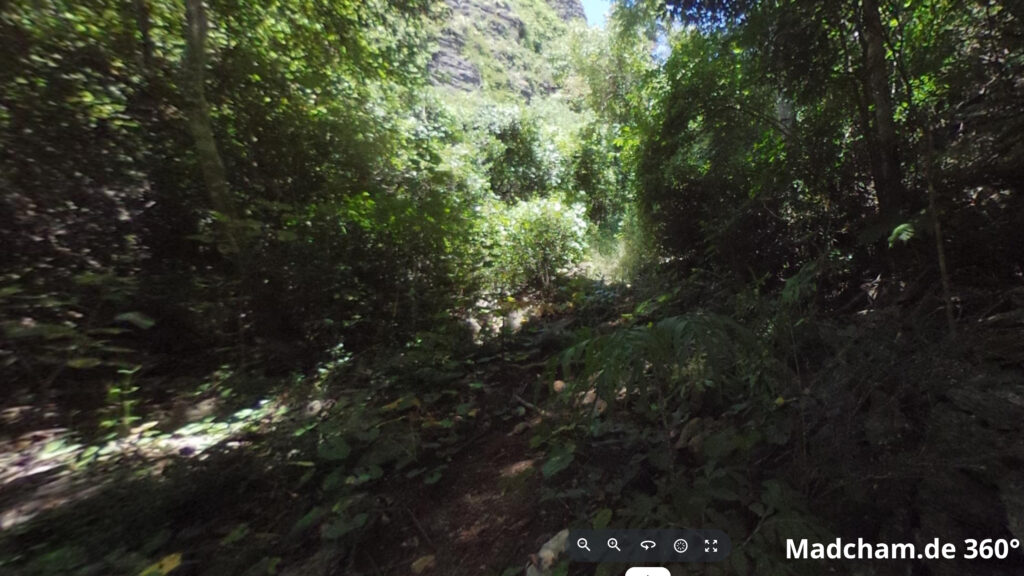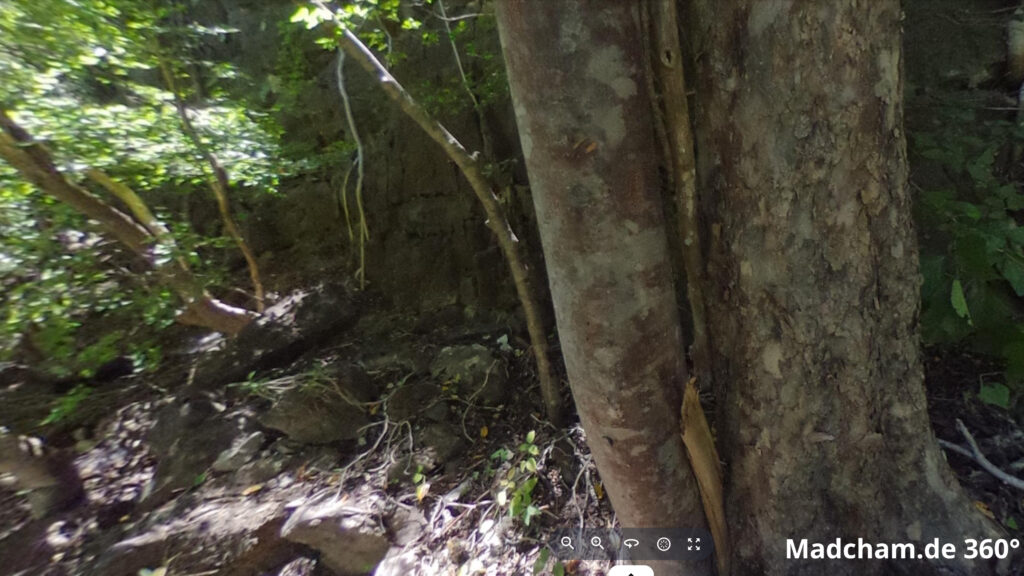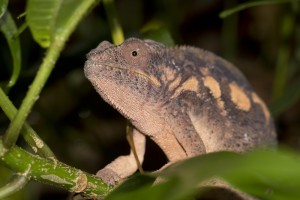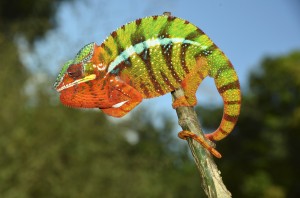Distribution of the local form Nosy Hara:
Nosy Hara is an island in front of a bay not far from Antsiranana (Diego Suarez) in the north of Madagascar. The island is about 3.2 km² large and consists mainly of karst rock, which covers the island in layers and resembles the Tsingys. Panther chameleons live here in the partly gigantic trees of the dry forest, which squeeze themselves everywhere on the island between the rocks. But they also use larger bushes. Even in the mangroves, you can find an animal from time to time. Since Nosy Hara has been considered fady (taboo) by locals for decades, this local form of the panther chameleons could develop completely undisturbed. The entire island of Nosy Hara is a national park, but visitors are scarce. This is mainly due to the fact that Nosy Hara can only be reached by boat and there is neither running water nor electricity. So every supply (water, food, cooking facilities) has to be taken to the island, which means a considerable logistical as well as financial effort in Madagascar.
Appearance of the local form:
As a local form completely isolated from the mainland and other islands, Nosy Hara has developed very colorful and pretty panther chameleons. The males are green at rest, when excited yellow with dark, wine-red banding, while head and tail can be redder. On the head and throat, there are usually turquoise blue or green accents. We have noticed so far that the male panther chameleons here have narrower (and therefore a higher number of) stripes than other local forms.
Table of weights
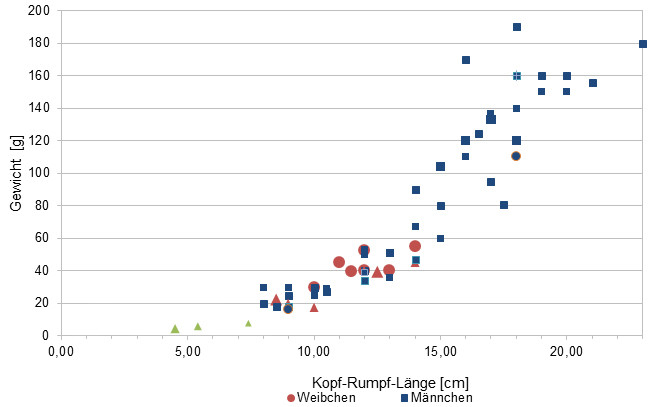
Since 2015, we have been measuring the weights of chameleons found by us in Madagascar, as far as the animals (and our scales) participate. In the long term, we aim to obtain an average weight in relation to snout-vent-length (measured from the tip of the nose to the cloaca) for each species from as many measurements as possible. It is important to know that all weights were measured towards the end of the rainy season (= best food supply), so these should be maximum weights on Madagascar. Triangular symbols in females mean not pregnant, round symbols mean pregnant. In Furcifer pardalis, contrary to our original assumption, it has so far turned out that there are no serious differences in the ratio of SVL to weight between the individual local forms.
| Jan | Feb | Mar | Apr | May | Jun | Jul | Aug | Sep | Oct | Nov | Dec | |
| Average temperature | 28 | 27 | 28 | 27 | 27 | 24 | 24 | 24 | 25 | 26 | 27 | 28 |
| Minimum temperature | 24 | 22 | 25 | 23 | 22 | 21 | 21 | 19 | 20 | 21 | 22 | 22 |
| Maximum temperature | 31 | 30 | 30 | 31 | 29 | 28 | 29 | 29 | 30 | 31 | 30 | 32 |
| Rain days | /td> |
We have collected the data given above over several years with thermometers and hygrometers at the finding places of the chameleons. "Average temperature" means that values of a whole month have been calculated to one average value per month. For example all measured minimum temperature values of February have been calculated to one average minimum temperature for February. In plain language, this means single peak values of a day may be a little higher or lower than the average minimum and maximum temperatures. It is possible that a location has an average maximum temperature of 29°C, but one day during that month it had 33°C or even 35°C there.
The climate on Nosy Hara is similar to that of Antsiranana (Diego Suarez) on the coast: it is warm to hot, and relatively dry most of the year. The location as an island in the sea provides for a somewhat more humid climate, however, there are precipitations nevertheless mainly in the rainy season.
At night the temperatures drop only slightly and are still very warm (when camping you sweat very much).
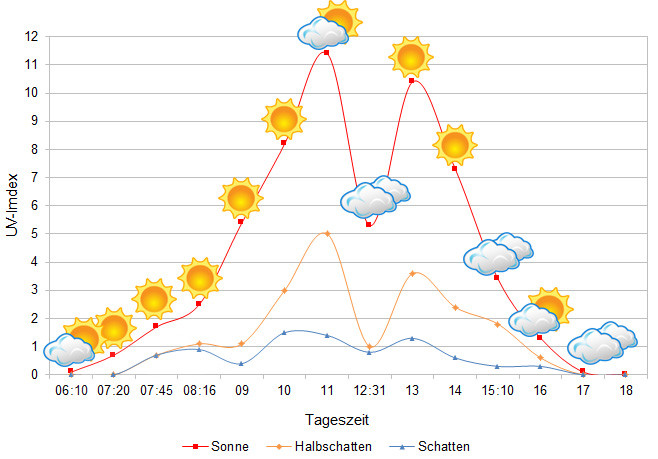
We have measured UVB data with a Solarmeter 6.5 in spring (March, April) at the peak of activity of chameleons in Madagascar. We always measured the values that a chameleon could maximally reach in its habitat.
Habitat:
The dry forest of Nosy Hara nestles everywhere in the niches and gorges in the karst rock of the island. The ground is enormously rocky, the soil itself rather sandy. Where there are no rocks, there are many pebbles, some leaves and only in the wetter areas knee-high plants covering the ground. The panther chameleons on the island use both huge trees and large bushes as habitats, but usually do not leave the dry forest.
Below you will find some 360° pictures of Nosy Hara that we took during the rainy season. If you click on the respective image, the pictures will open in an enlarged view in a separate window. You can use the mouse to rotate in all directions. You also have the option of running the images in full-screen mode. Enjoy!

